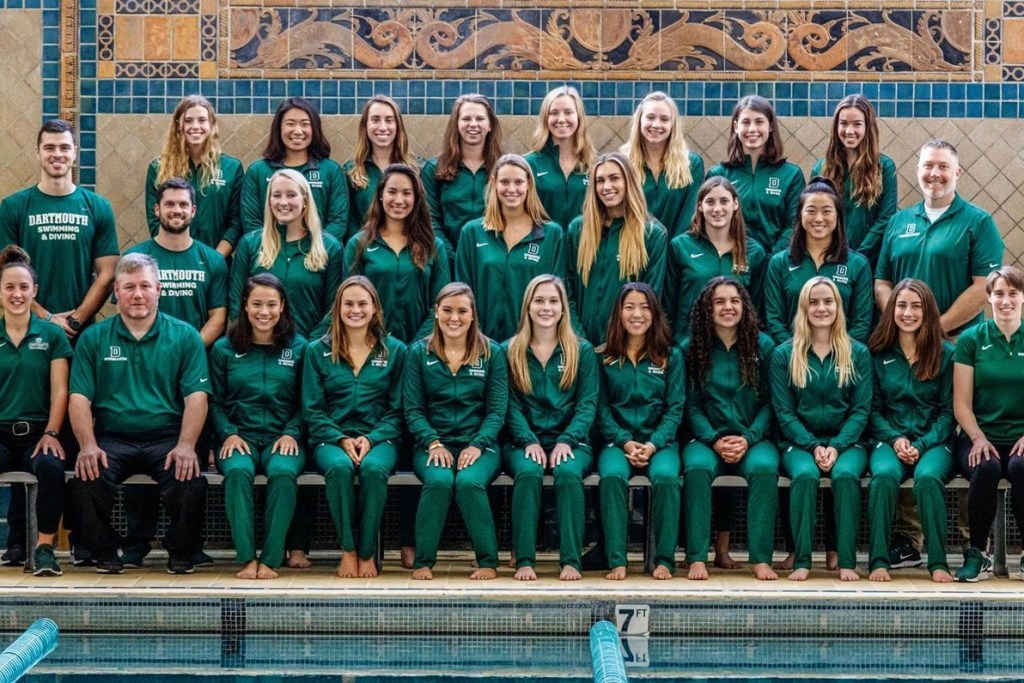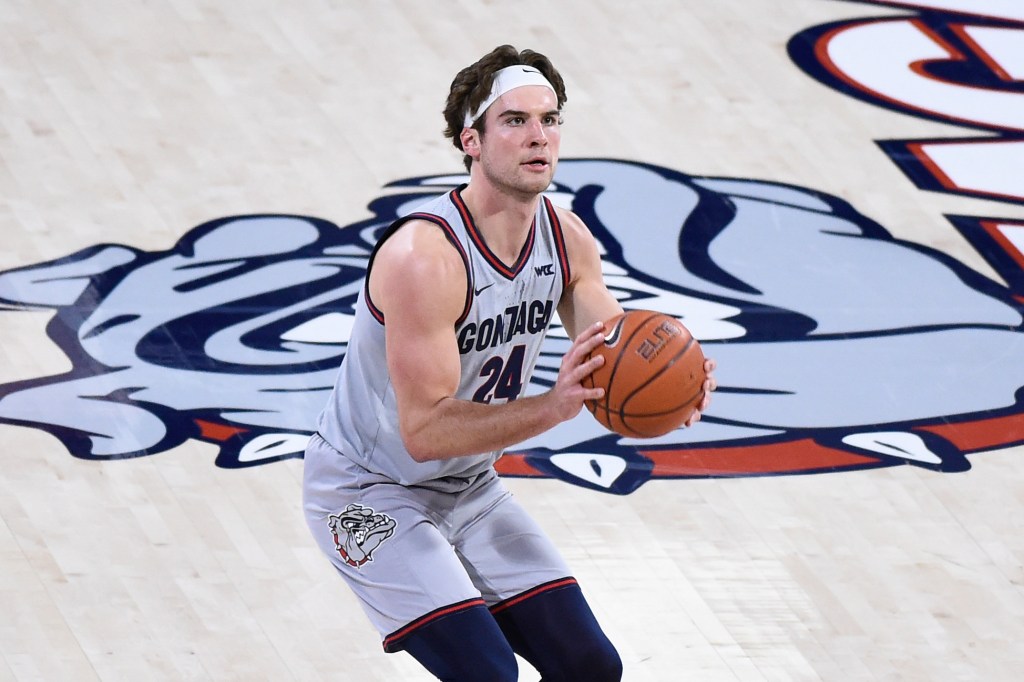Renowned attorney Arthur Bryant has been successfully prosecuting sports team Title IX cases since 1985.
When Dartmouth Athletics cut five varsity programs including women’s swimming and diving, alumni like Mariah Cunnick tried to raise enough money to save the team. But the athletic department didn’t want money, Cunnick told FOS. They told her their decision was final.
So Dartmouth athletes hired Bryant to look into whether Dartmouth had violated the equal opportunity law. About a month after he sent a letter threatening a class action, Dartmouth announced it would reinstate all its teams.
“I’m getting call after call, because school after school is eliminating [women’s sports],” Bryant, currently an attorney at Bailey & Glasser, told FOS.
A Pattern Emerges
Schools like East Carolina, William & Mary, and Dartmouth have all cut sports teams since June as a result of COVID’s financial crisis. But in cutting women’s sports teams, they’ve slashed enough spots for women athletes to lose compliance with Title IX.
As Bryant sees it, athletic departments in Dartmouth’s position have two choices. “One is you put the teams you’re trying to cancel back, you come up with your own plan to get into compliance with Title IX, and you agree to implement it.
Or we get that all done by going to court, with you paying my attorney’s fees. Again, do the smart thing.”
Bryant’s intervention has caused five departments to reinstate women’s teams since June 2020 alone.
An Unintended Perk
Bryant can’t sue to reinstate men’s teams alone. But some departments, including Dartmouth, have reinstated men’s teams along with women’s teams — a pattern Bryant attributes to “politics and the money.”
Next, Bryant will fight to reinstate Fresno State women’s lacrosse. “You hope that the rest of the schools will get the message.”





